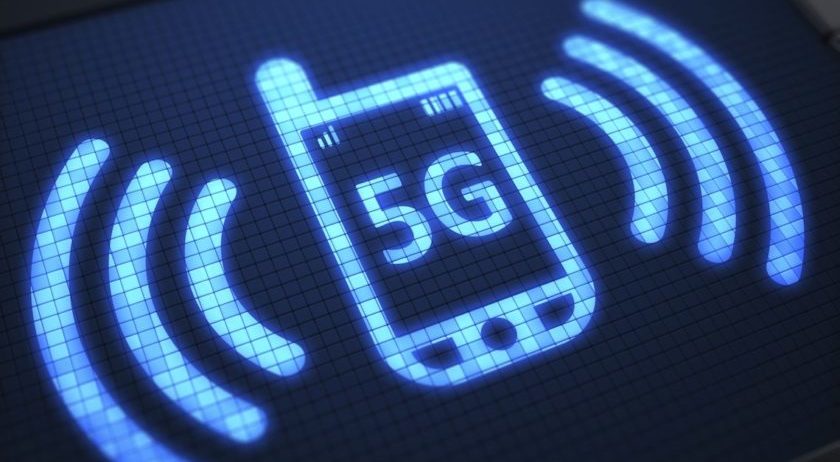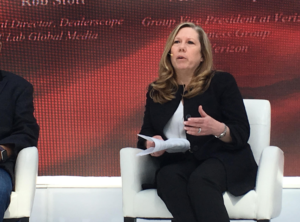Connections

Verizon, Analyst: 5G’s Future Looks Bright, Despite Consumer Confusion
Story Highlights
NEW YORK – 5G has arrived and it stands to have a significant impact on the technology industry, the retail sector and the world in general. But the next-generation wireless technology still faces potential challenges that could include consumer confusion, according to Michele Dupré, group VP at Verizon Business Group, and Tim Bajarin, an analyst who serves as president of Creative Strategies.
Autonomous driving, how retailers sell products to consumers, the health care industry and the smart city are among the many areas that stand to be helped by 5G, they said June 12 during the CE Week keynote panel session “How 5G Will Alter the Retail Landscape,” at the Javits Convention Center.
The improved speed and low latency of 5G stands to make the consumer shopping experience “very different” — for the better — than it is today, Bajarin said. There’s also “no question in my mind that, at some point,” device makers are “going to get the glasses right” when it comes to augmented reality (AR), he said, projecting “we’re maybe two to three years away” from that. “An AR set of glasses connected to the retail experience will be transformational,” he predicted.
When it comes to autonomous driving, meanwhile, “even if it’s a tenth of a second, it could mean life or death,” so 5G can save lives, he said.
Verizon’s bullishness on 5G is no secret. After all, it’s already launched 5G in select U.S. markets and is one of the technology’s biggest backers.
“We’re at the cusp of something great” with 5G, according to Dupré, who said the technology stands to put real-time data on product inventories in the hands of retailers and allow pop-up stores to be up and running faster. She predicted we’ll start seeing retail proofs of concept around 5G in the next 12-18 months.
 Outside of retail stores, 5G also stands to help consumer packaged goods (CPGs) and how brands are promoted in general, she said, adding “there’s an opportunity to bridge” what manufacturers to do to promote their brands with retailers, “creating this cohesive environment.”
Outside of retail stores, 5G also stands to help consumer packaged goods (CPGs) and how brands are promoted in general, she said, adding “there’s an opportunity to bridge” what manufacturers to do to promote their brands with retailers, “creating this cohesive environment.”
Whether it’s by using a game, a video or AR, “there’s truly an opportunity for those two industries to really come together and really drive a creative environment for consumers,” she said.
But it’s “going to take time” for 5G to become available in all U.S. cities and globally, she conceded, noting the transition from 3G to 4G didn’t happen overnight either. Verizon has invested more than $1 billion “to make this a reality, and we are fully committed to doing it,” she said.
Potential obstacles for 5G include possible consumer confusion about what it even is, she said. Pricing can be another challenge, according to Bajarin, who noted: “We don’t know what the pricing is going to be” yet for 5G services.
In addition, “I don’t think we actually have enough spectrum to do what they want to do” and some of the spectrums being proposed are “really close to other areas” and could interfere with them, he said.
There are also potential security issues, the panelists said. But security is always “top of mind” for Verizon, according to Dupré.









